Home>diy>Building & Construction>What Is OCIP In Construction


Building & Construction
What Is OCIP In Construction
Modified: December 7, 2023
Discover the benefits and essentials of OCIP in building construction. Learn how Owner Controlled Insurance Programs can streamline projects and protect stakeholders.
(Many of the links in this article redirect to a specific reviewed product. Your purchase of these products through affiliate links helps to generate commission for Storables.com, at no extra cost. Learn more)
Introduction
Welcome to the world of construction, where safety is paramount and risks are ever-present. In the construction industry, it’s vital for contractors and project owners to protect themselves against potential liabilities and unforeseen circumstances. One popular risk management tool used in the construction sector is the Owner Controlled Insurance Program, commonly known as OCIP.
OCIP provides comprehensive insurance coverage for a construction project under a single policy, rather than each entity having separate policies. This program is designed to minimize the complexities and overlapping coverage issues that can arise when each party purchases their individual insurance coverage.
In this article, we will delve deeper into the concept of OCIP, explore its benefits, eligibility criteria, key players involved, as well as its limitations and comparison with traditional insurance models.
Key Takeaways:
- OCIP, or Owner Controlled Insurance Program, streamlines insurance coverage for construction projects, reducing administrative tasks, enhancing risk management, and fostering collaboration among stakeholders for improved project outcomes.
- While OCIP offers centralized coverage and cost savings, it’s essential to carefully assess project eligibility, administrative complexity, and potential limitations when considering this risk management approach for construction projects.
Read more: What Is Construction
Definition of OCIP
Owner Controlled Insurance Program (OCIP), also referred to as a wrap-up insurance program, is a risk management strategy commonly used in the construction industry. Under OCIP, a single insurance policy is obtained by the project owner or developer, providing coverage for all parties involved in a specific construction project.
OCIP covers a wide range of potential liabilities, such as general liability, workers’ compensation, and excess liability. It typically extends coverage to contractors, subcontractors, architects, engineers, and other project stakeholders. The goal of OCIP is to consolidate insurance coverage, streamline the claims process, and improve risk management efficiencies.
By obtaining a single insurance policy for the entire project, OCIP eliminates the need for various entities to obtain their individual policies, reducing administrative burdens and the potential for coverage gaps. This approach provides a unified insurance solution, ensuring that all parties involved are adequately protected in the event of an accident or claim.
OCIP is primarily utilized for large-scale construction projects, such as commercial buildings, infrastructure developments, or high-rise constructions. However, the applicability of OCIP can vary depending on the project’s complexity and size.
It’s important to note that OCIP is a voluntary program in which the project owner bears the responsibility for acquiring and administering the policy. The costs of the program are typically included in the project budget and allocated among the various contractors or subcontractors involved.
Benefits of OCIP in Construction
Implementing an Owner Controlled Insurance Program (OCIP) in construction projects offers several advantages for all parties involved. Here are some of the key benefits of using OCIP:
- Simplified Insurance Coverage: OCIP eliminates the need for contractors, subcontractors, and other project stakeholders to obtain their individual insurance policies. This simplifies the insurance process, reduces administrative tasks, and ensures consistent coverage across the board.
- Cost Savings: By consolidating insurance coverage under a single program, OCIP can potentially lead to cost savings. By eliminating the need for multiple insurance policies, contractors and subcontractors may avoid duplicative premiums, administrative fees, and other expenses associated with individual policies.
- Improved Risk Management: OCIP centralizes risk management practices, allowing for a more cohesive and coordinated approach to mitigate potential risks. This can lead to better safety practices, enhanced risk identification, and improved overall project performance.
- Reduced Disputes and Liability Conflicts: Having a single insurance policy for all project stakeholders minimizes the potential for disputes and conflicts regarding coverage. This can streamline the claims process and expedite resolution in the event of accidents, injuries, or property damage.
- Enhanced Coverage Control: With OCIP, the project owner has greater control over the insurance coverage, ensuring that all parties involved have consistent and adequate protection. This can provide peace of mind for the project owner, knowing that insurance requirements are met and potential liabilities are well-managed.
- Improved Contractor Relationships: OCIP fosters a collaborative environment among contractors and subcontractors by providing equal coverage and reducing the level of insurance-related disputes. This can lead to stronger partnerships, improved communication, and better overall project outcomes.
- Streamlined Claims Process: With OCIP, the claims process is streamlined and simplified. Instead of each party submitting their own claims to individual insurers, the single policy allows for a more efficient and coordinated claims handling process, reducing paperwork and delays.
While OCIP offers numerous benefits, it’s essential to carefully assess the specific needs and requirements of each construction project to determine whether it is the most suitable risk management approach. Project owners, contractors, and subcontractors must collaborate and evaluate the potential advantages and challenges of implementing an OCIP to make an informed decision.
Eligibility and Coverage
Owner Controlled Insurance Program (OCIP) eligibility and coverage requirements may vary depending on the project and its specifications. However, certain criteria are typically considered when determining eligibility for an OCIP.
Eligible projects for OCIP generally include large-scale construction projects, such as commercial buildings, infrastructure developments, or high-rise constructions. The size, complexity, duration, and overall risk profile of the project are key factors in determining if OCIP is appropriate.
The coverage provided under an OCIP typically includes the following:
- General Liability: This coverage protects against claims of bodily injury or property damage arising from construction activities. It generally includes coverage for legal representation, defense costs, settlements, and judgments.
- Workers’ Compensation: OCIP typically provides coverage for work-related injuries or illnesses that contractors, subcontractors, and their employees may suffer during the project. Workers’ compensation coverage helps pay for medical expenses, lost wages, and rehabilitation.
- Excess Liability: In addition to general liability coverage, OCIP may include excess liability coverage, also known as umbrella coverage. This provides an extra layer of protection in the event of a catastrophic accident or a claim exceeding the primary policy limits.
- Other Coverages: Depending on the project’s needs and specific risks, an OCIP may also include additional coverages, such as professional liability, pollution liability, builder’s risk, or property coverage for the construction site and materials.
It’s important to note that while OCIP provides comprehensive coverage, it does not absolve contractors and subcontractors of their responsibilities to maintain their own liability insurance for other projects not covered under the OCIP.
The project owner typically works with a broker or insurance advisor to establish the OCIP and determine the appropriate coverage limits for the project. Coverage limits are based on the project’s size, nature, and potential risks. These limits are set to ensure adequate protection for all project stakeholders involved.
Each contractor and subcontractor participating in the OCIP is required to provide additional information, such as their experience modification rate (EMR), professional accreditations, and safety track record, to qualify for coverage.
It’s worth emphasizing that eligibility and coverage criteria may vary from project to project and can be subject to negotiation and customization based on the specific needs and requirements of the construction project.
Key Players in OCIP
Owner Controlled Insurance Program (OCIP) involves collaboration between various stakeholders to effectively implement and administer the program. The key players in OCIP include:
- Project Owner: The project owner, also known as the developer or the principal, initiates and oversees the OCIP. They bear the responsibility of obtaining the insurance coverage and administering the program. The project owner typically engages insurance brokers or advisors to facilitate the OCIP setup.
- Insurance Broker/Advisor: The insurance broker or advisor plays a crucial role in OCIP implementation. They assist the project owner in assessing insurance needs, designing the appropriate coverage, selecting insurance carriers, and negotiating policy terms. The broker/advisor acts as a liaison between the project owner, insurance carriers, and other stakeholders.
- Insurance Carriers: Insurance carriers are the entities that underwrite the OCIP policy and provide the insurance coverage. They assess the risk factors associated with the construction project and determine the premium rates, policy terms, and conditions. Insurance carriers work closely with the project owner and the broker/advisor to provide the required coverage.
- Contractors and Subcontractors: Contractors and subcontractors are essential participants in OCIP. They contribute to the project’s construction activities and are covered under the OCIP policy. Contractors and subcontractors are required to comply with the OCIP guidelines, including providing relevant information and adhering to safety protocols set forth by the project owner.
- Project Manager: The project manager oversees the construction project’s day-to-day operations and ensures that the project proceeds according to plan. In an OCIP, the project manager coordinates with the project owner, contractors, and subcontractors to implement the OCIP’s risk management procedures and adhere to the insurance requirements.
- Legal and Risk Management Experts: Legal and risk management professionals, such as attorneys, consultants, and risk managers, may be involved in the OCIP. They provide guidance on the legal and compliance aspects of the program, review contractual agreements, assess potential risks, and assist in claims management when necessary.
Effective communication and collaboration among these key players are crucial for the successful implementation and administration of OCIP. Clear roles and responsibilities, as well as open lines of communication, ensure that the project owner’s insurance objectives are met, and all parties understand their obligations and entitlements under the OCIP.
When considering an Owner Controlled Insurance Program (OCIP) in construction, it’s important to thoroughly review the policy to understand the coverage and exclusions, as well as the impact on project costs and insurance requirements for subcontractors.
Read more: What Is Drainage In Construction
Limitations and Risks of OCIP
While Owner Controlled Insurance Program (OCIP) offers several benefits, it’s important to consider the limitations and potential risks associated with its implementation. Some of the key limitations and risks of OCIP are:
- Project Exclusions: Certain projects may not be well-suited for OCIP due to their unique characteristics, such as small-scale projects or projects with a low level of risk. In these cases, it may be more cost-effective and practical for contractors and subcontractors to maintain their individual insurance coverage.
- Administrative Complexity: OCIP administration can be complex, especially for larger projects with multiple contractors and subcontractors. Coordinating insurance requirements, processing paperwork, and ensuring compliance from all parties involved can be time-consuming and may require dedicated resources.
- Limited Coverage Customization: OCIP provides standardized coverage under a single policy, limiting the ability of contractors and subcontractors to customize their insurance coverage to their specific needs. Certain contractors may require additional specialized coverage that may not be included in the OCIP policy.
- Coverage Gaps and Overlapping Coverage: While OCIP aims to provide comprehensive coverage, there is still a possibility of coverage gaps or overlapping coverage with existing insurance policies held by contractors and subcontractors. Ensuring seamless coordination between OCIP and individual policies is essential to avoid potential conflicts or duplicative coverage.
- Project Owner Liability: With OCIP, the project owner assumes the liability for obtaining and administering the insurance coverage. This places additional responsibility and potential financial risk on the project owner. It is essential for the project owner to have a thorough understanding of the insurance requirements and the potential liabilities involved.
- Pricing and Cost Allocation: The costs associated with OCIP, including premiums and administrative fees, are typically factored into the project budget and allocated among contractors and subcontractors. Determining the fair distribution of costs can be challenging, and disagreements may arise regarding the cost allocation methodology.
- Complex Claims Process: While OCIP aims to streamline the claims process, the handling of claims can still be complex, especially when multiple contractors and subcontractors are involved. Coordination among parties, adequate documentation, and effective communication are crucial to ensure timely and fair claims settlement.
Considering these limitations and risks, it is important for project owners, contractors, and subcontractors to conduct a thorough assessment of their specific project requirements and consult with insurance professionals to determine if OCIP is the most suitable risk management approach.
OCIP vs. Traditional Insurance
When it comes to insuring construction projects, two primary options are available: Owner Controlled Insurance Program (OCIP) and traditional insurance. Understanding the differences between these two approaches is essential when deciding on the most appropriate risk management strategy. Here’s a comparison of OCIP and traditional insurance:
OCIP:
Single Policy: Under OCIP, a single insurance policy is obtained by the project owner, providing coverage for all parties involved in the construction project, including contractors, subcontractors, and other stakeholders. This consolidated approach eliminates the need for multiple individual policies.
Centralized Coverage: OCIP provides centralized coverage, allowing for consistent insurance terms, limits, and conditions across all project participants. This ensures that all parties are adequately protected and minimizes coverage gaps and disputes.
Cost Integration: The costs associated with OCIP, including premiums, administrative fees, and other expenses, are typically budgeted and allocated among contractors and subcontractors. This allows for better cost control and potential cost savings by eliminating duplicative premiums.
Streamlined Claims Process: With OCIP, the claims process is streamlined as all parties involved submit claims to a single insurer. This simplifies the claims handling and settlement process, reducing paperwork, and potential delays.
Enhanced Risk Management: OCIP offers a comprehensive risk management strategy by centralizing coverage, establishing consistent safety protocols, and improving communication and coordination among project stakeholders. This can lead to improved safety practices and project outcomes.
Traditional Insurance:
Individual Policies: In traditional insurance methods, each contractor, subcontractor, and project stakeholder obtains their individual insurance policies. This results in multiple policies, each with its own terms, conditions, and coverage limits.
Varying Coverage: Traditional insurance allows for individualized coverage tailored to the unique needs of each party involved. Contractors and subcontractors have more flexibility to customize their coverage and select policies that align with their specific risks and requirements.
Cost Allocation: Under traditional insurance, each party is responsible for obtaining and maintaining their own insurance policies. Consequently, the costs associated with premiums and administrative fees are incurred individually, and the allocation may vary among contractors and subcontractors.
Claims Management: In traditional insurance, each party submits their own claims to their respective insurers. This can result in a more fragmented and potentially complicated claims process, especially when multiple parties are involved.
Individual Risk Management: Traditional insurance places the burden of risk management on each individual party. Contractors and subcontractors are responsible for ensuring they have adequate coverage and managing their own safety protocols and risk mitigation strategies.
Ultimately, the choice between OCIP and traditional insurance depends on the specific needs and circumstances of each construction project. Factors such as project size, complexity, risk profile, and the level of coordination among project stakeholders should be carefully considered when determining the most suitable insurance approach.
Consulting with insurance professionals and evaluating the benefits and limitations of each option can help project owners and contractors make an informed decision to effectively manage risks and protect all parties involved in the construction project.
Read more: What Is An AHA In Construction
Conclusion
Owner Controlled Insurance Program (OCIP) has emerged as a valuable risk management tool in the construction industry. With its consolidated coverage, streamlined claims process, and enhanced risk management practices, OCIP offers several benefits for construction projects.
By obtaining a single insurance policy that covers all parties involved, OCIP simplifies the insurance process, reduces administrative tasks, and ensures consistent coverage across the board. This centralized approach leads to cost savings, improved risk identification, and better overall project performance.
However, it’s important to acknowledge the limitations and potential risks of OCIP. Projects must meet specific eligibility criteria, and the administrative complexity of OCIP should be considered. Additionally, while OCIP provides comprehensive coverage, customization may be limited, and the project owner assumes liability and additional responsibility.
When comparing OCIP to traditional insurance, both approaches have their advantages and considerations. Traditional insurance allows for individualized coverage but may result in fragmented policies and a more complex claims process.
In conclusion, the choice between OCIP and traditional insurance ultimately depends on the specific needs and circumstances of each construction project. Project owners, contractors, and subcontractors must carefully evaluate their risk profiles, project size, and coordination requirements to determine the most suitable insurance approach.
Seeking guidance from insurance professionals and conducting thorough assessments can help project stakeholders make informed decisions and effectively manage risks while ensuring adequate protection for all parties involved.
By implementing the appropriate risk management strategy, such as OCIP, construction projects can mitigate potential liabilities, streamline processes, and create a safer working environment for all stakeholders.
Frequently Asked Questions about What Is OCIP In Construction
Was this page helpful?
At Storables.com, we guarantee accurate and reliable information. Our content, validated by Expert Board Contributors, is crafted following stringent Editorial Policies. We're committed to providing you with well-researched, expert-backed insights for all your informational needs.
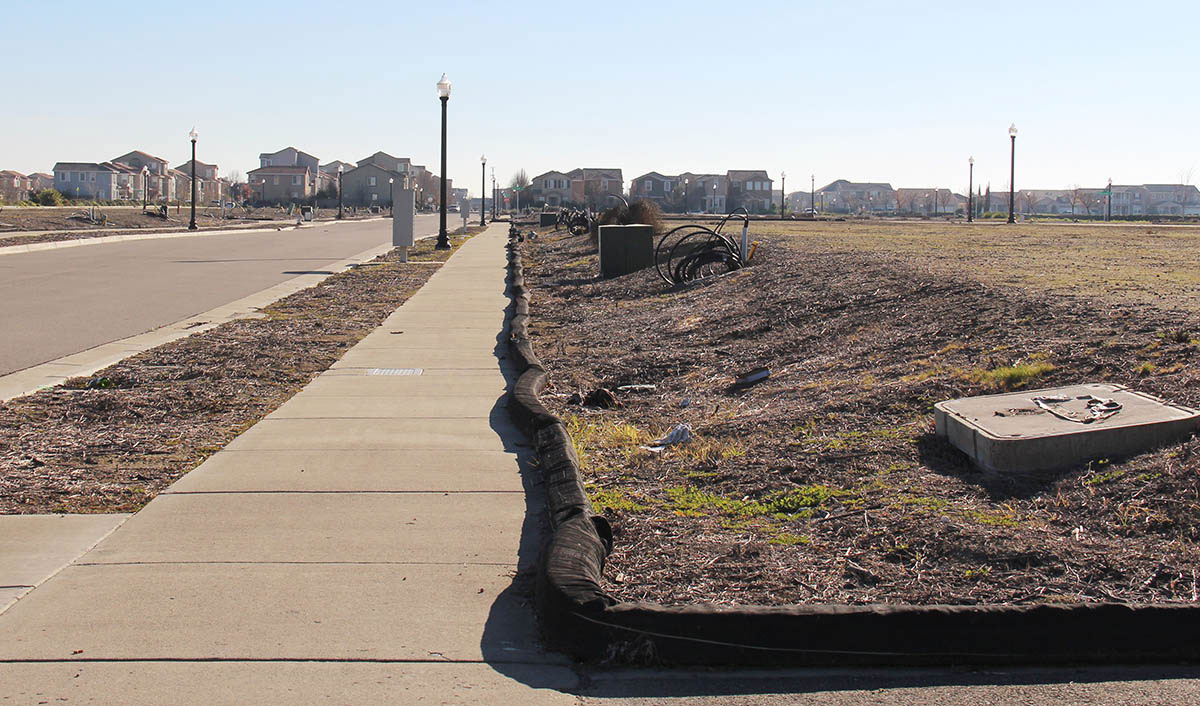

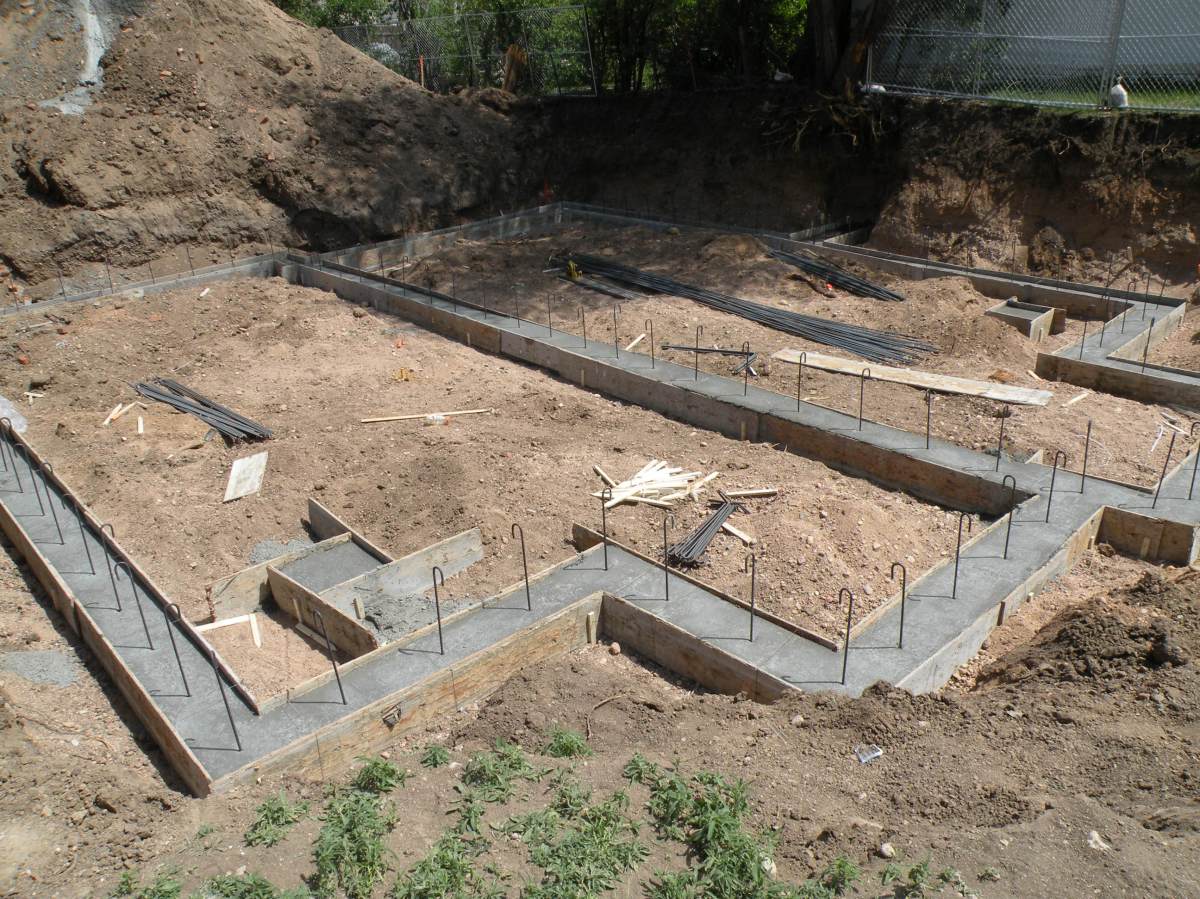
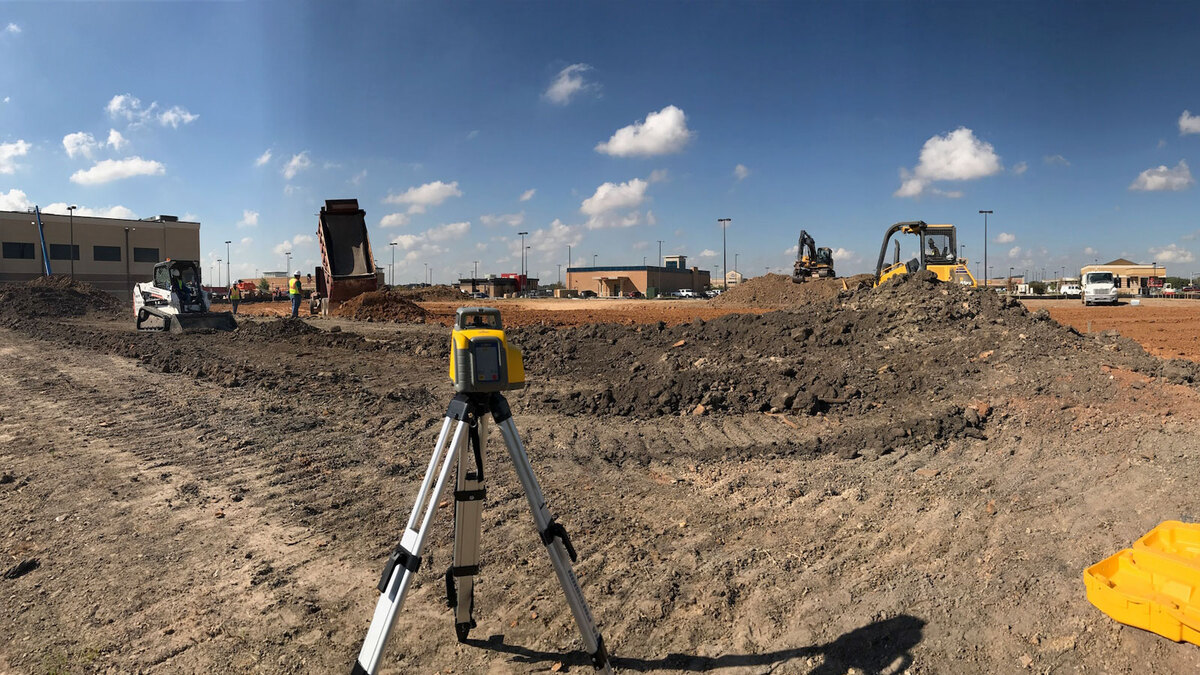

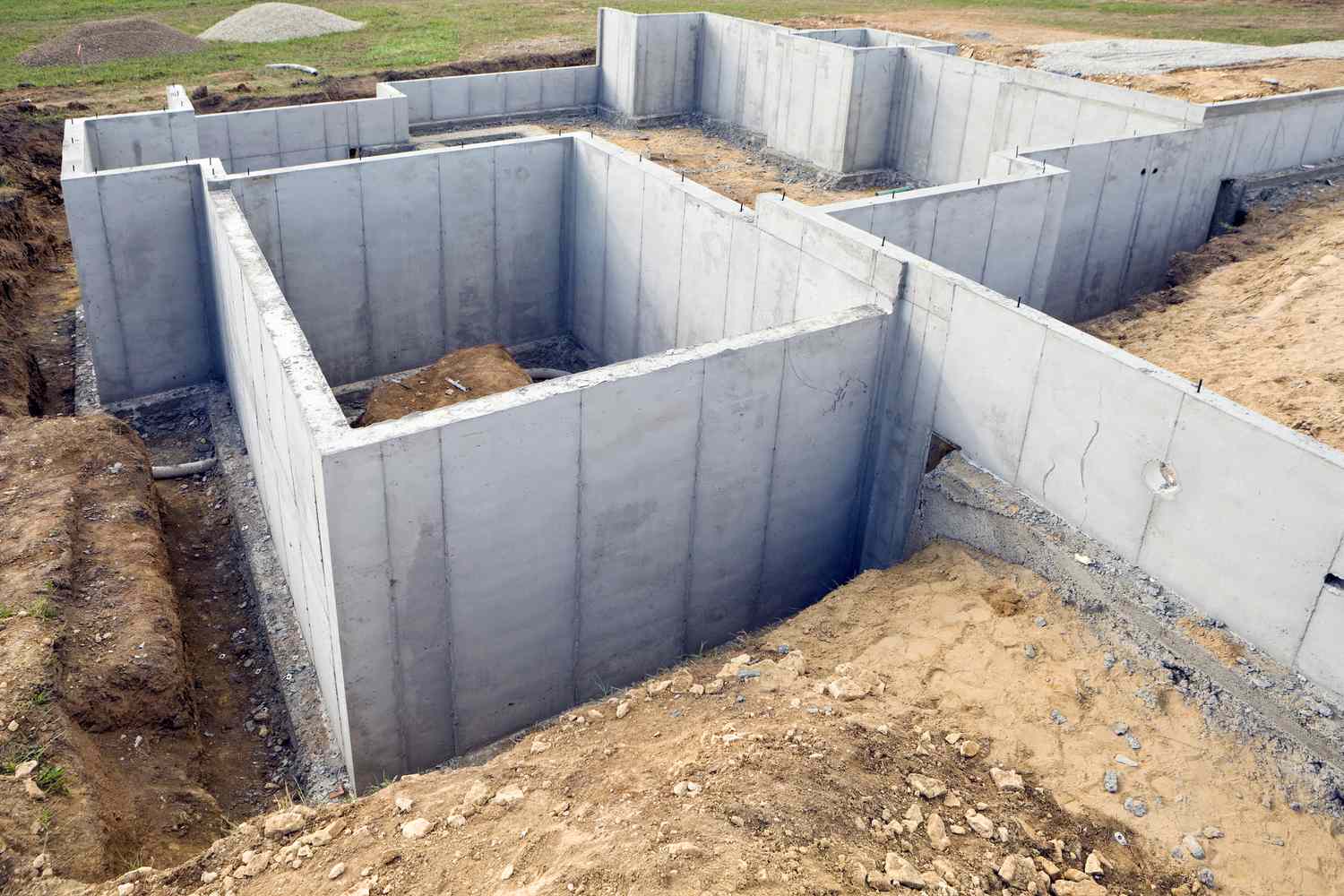





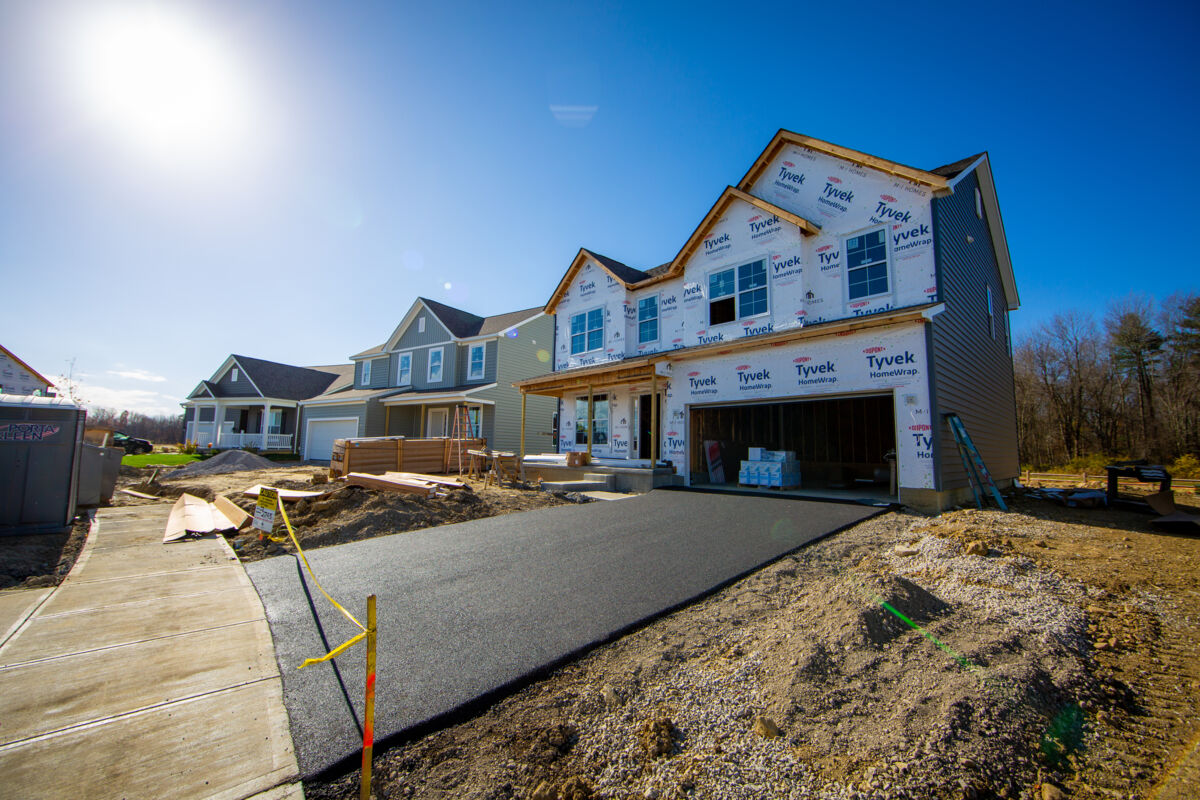


0 thoughts on “What Is OCIP In Construction”